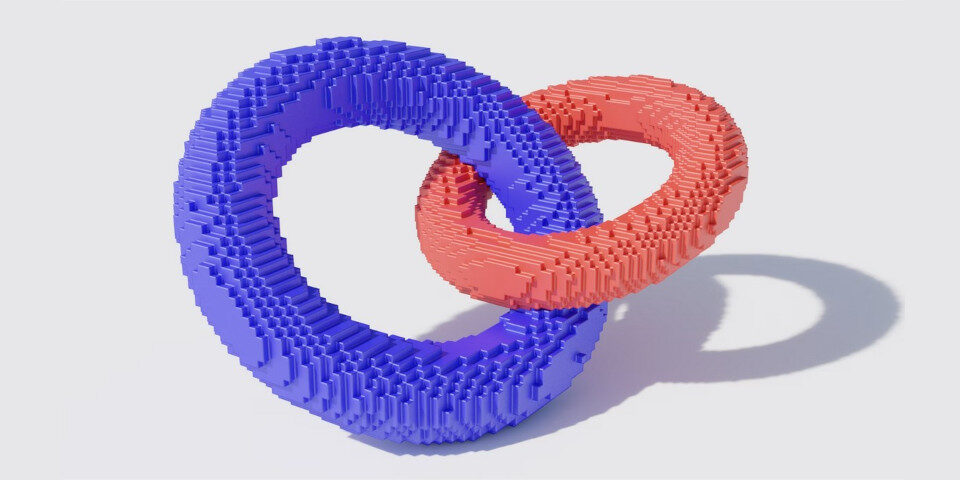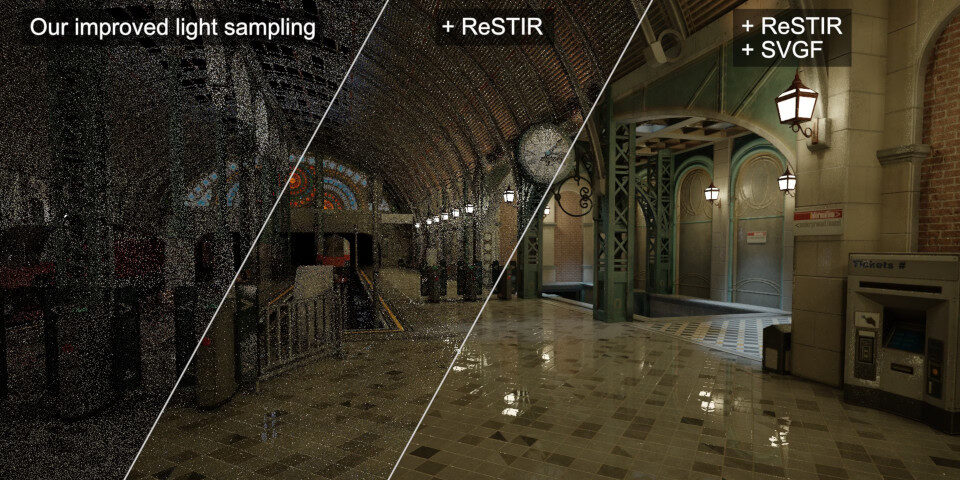AMD releases Radeon ProRender 3.1

AMD has released the SDK for Radeon ProRender 3.1, the next major version of its hardware-agnostic physically based GPU renderer.
New features include a bevel shader, light linking, new volume and subsurface scattering AOVs, and performance improvements to viewport rendering.
In addition, the backend for final-quality rendering has been switched from OpenCL to HIP, AMD’s framework for creating GPU-accelerated applications that run on both its and Nvidia’s hardware.
The new features should eventually become available to users via AMD’s free Radeon ProRender integration plugins for Blender, Houdini and Maya.
A free, physically accurate, hardware-agnostic GPU renderer
First released under its current branding in 2016, Radeon ProRender is an unbiased path tracer with a fairly standard range of production features, including integrated AI denoising.
It’s GPU-accelerated, hardware-agnostic, and can run across Windows, Linux and macOS.
Free integration plugins for Blender and Maya, and a Hydra delegate for Houdini are in active development, and the renderer is also integrated into SolidWorks Visualize.
ProRender is also integrated in Modo, though has been superseded there by newer renderers, and was once integrated in Cinema 4D. Its 3ds Max and Unreal Engine plugins have not been updated since 2021.

New in Radeon ProRender 3.1: light linking, new bevel shader, and better toon material
Despite the version number, Radeon ProRender 3.1 is the first public release of the SDK in the 3.x series: there doesn’t seem to have been a ProRender 3.0.
New features include light linking, enabling users to set lights to illuminate only selected objects in a scene.
Other changes include a bevel shader, for generating rounded edges on geometry at render time; new AOVs for volumes and subsurface scattering; and transparency and material blending in the toon shader.
Updates to viewport rendering
Hybrid Pro, Radeon ProRender’s hybrid ray tracing/rasterisation viewport renderer, now supports displacement mapping and should now run on older AMD graphics cards as far back as the Polaris GPUs.
AMD has also implemented a new sampling strategy, along with the Nvidia-developed ReSTIR and SVGF, which should result in the viewport resolving to an acceptably low level of noise more quickly.
Final-quality rendering backend switched from OpenCL to HIP
On Windows and Linux, the rendering backend has been switched from OpenCL to HIP (Heterogeneous-Compute Interface for Portability), AMD’s API and kernel language for developing portable applications.
Also used in Blender’s Cycles renderer and the upcoming Redshift for AMD, it lets software developers support AMD and Nvidia GPUs from a single code base.
As a result of the change, Radeon ProRender’s rendering kernels are now pre-compiled instead of having to be compiled at runtime, which should reduce the time to first pixel when rendering on GPU.
Licensing and system requirements
The Radeon ProRender 3.1 SDK is available to developers under an open-source Apache 2.0 licence.
At the time of writing, the Blender, Houdini and Maya plugins have not been updated.
Read more about the new features in Radeon ProRender 3.1 SDK on AMD’s blog
